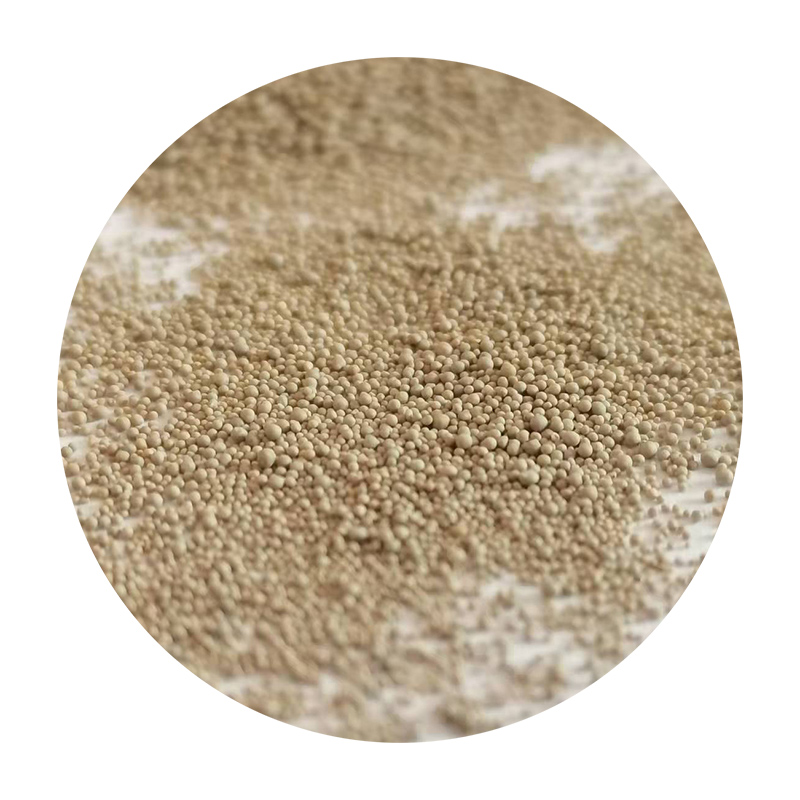Wet Sanding Ceramics A Comprehensive Guide
Wet sanding is an essential technique in the world of ceramics that enhances the surface finish of pottery and porcelain items. Often used by both amateur and professional potters, this method provides a smoother, more polished surface. In this article, we will explore the benefits, techniques, and tools involved in wet sanding ceramics.
Why Wet Sanding?
The primary reason for choosing wet sanding over traditional dry sanding is the reduction of dust and the finer finish it provides. When sanding dry, particles can become airborne, creating mess and potentially harming the lungs. Wet sanding, on the other hand, keeps dust to a minimum by trapping particles in the water. Moreover, the use of water during the sanding process prevents the abrasive materials from clogging, allowing for more effective sanding and a smoother finish.
Tools and Materials Needed
To wet sand ceramics, you will need specific tools and materials
1. Sanding Sponge or Wet/Dry Sandpaper Wet/dry sandpapers come in various grit levels. A finer grit (e.g., 600-1200) is ideal for achieving a glass-like finish, whereas coarser grits (e.g., 280-600) are useful for more extensive surface repairs.
2. Water Source It's crucial to have a steady supply of water. A spray bottle can be handy for misting the surface and the sandpaper or sponge as you work.
wet sanding ceramics

4. Cloth or Towel After sanding, a soft cloth or towel will help dry the surface and remove any excess water.
The Wet Sanding Process
1. Preparation Begin by ensuring that your ceramic piece is fully dry and free from any debris. If your piece has sharp edges, consider smoothing them out first.
2. Soaking the Abrasive Material Submerge the sanding sponge or wet/dry sandpaper in water for a few minutes. This soaking will help the abrasive material work more efficiently.
3. Sanding Technique When you begin sanding, use gentle, circular motions or back-and-forth strokes. Keep the surface and the sandpaper saturated with water to prevent clogging and to ensure a smooth finish. Don’t exert too much pressure; let the wet sandpaper do the work.
4. Rinsing Periodically rinse the ceramic piece to wash away debris and observe your progress. This step is vital to ensure that you achieve an even finish.
5. Final Touch After achieving the desired smoothness, rinse the ceramic piece one last time and dry it with a soft towel. You can apply a polish or sealant if desired for added gloss.
Conclusion
Wet sanding ceramics is a rewarding process that can drastically improve the appearance of your pottery and porcelain pieces. By following the proper techniques and utilizing the right tools, you can create a beautiful, professional-quality finish. Whether you are preparing items for sale or simply enhancing your personal collection, mastering wet sanding can elevate your ceramic work to new heights. With practice, patience, and the right approach, you’ll be able to achieve stunning results that showcase your craftsmanship.
Post time:Říj . 18, 2024 14:49
Next:Exploring Sand and Ceramic Materials in Contemporary Art and Design Techniques
